Alaska's Cannabis Industry Lost About 20% of Profits Due to Declining Tourism in 2020
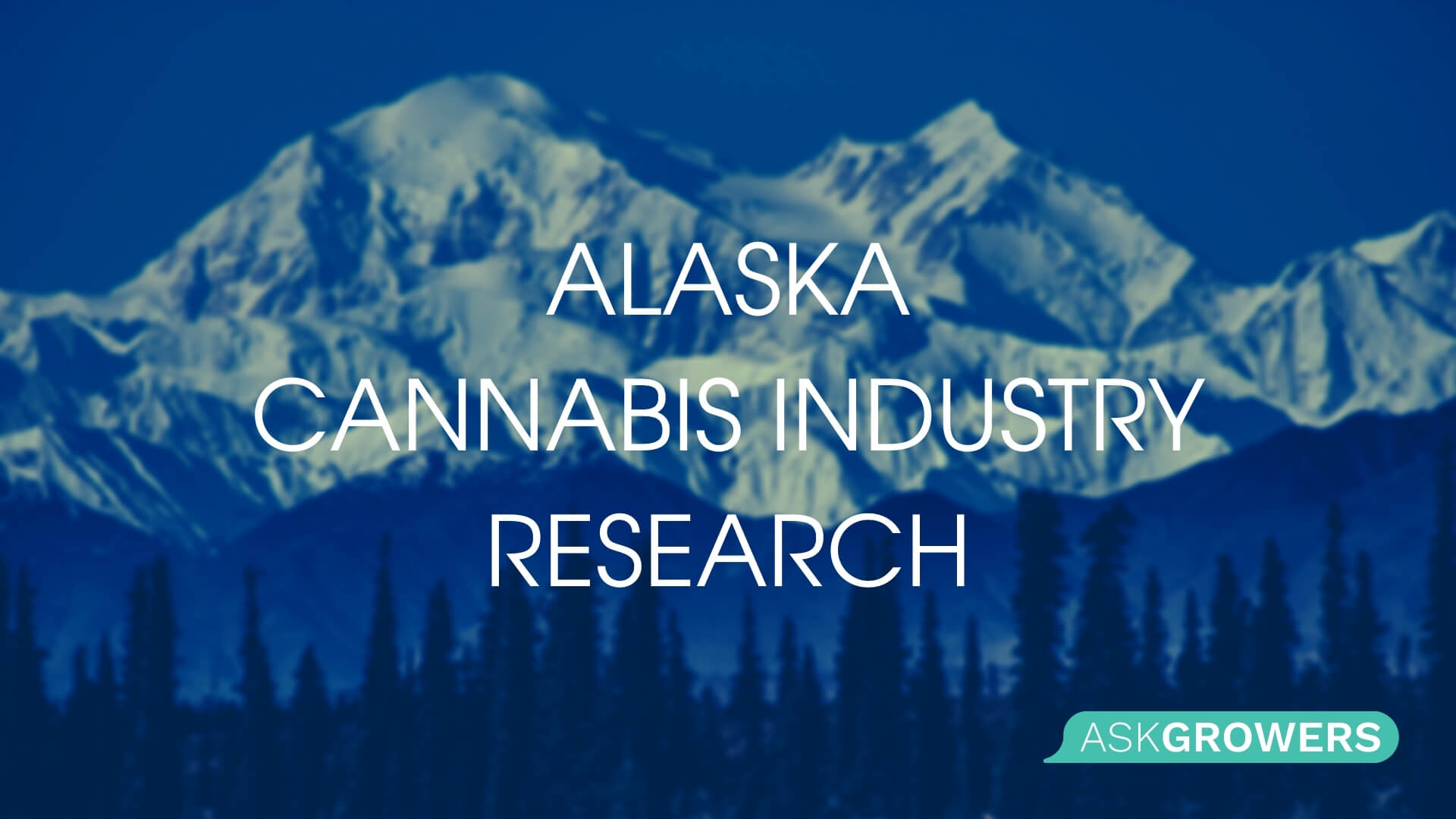
It’s fair to say that the legal cannabis industry has absolutely exploded over the past twenty years or so. Since Washington and Colorado got the ball rolling by legalizing recreational back in 2012, legal cannabis in the U.S. has grown into an absolute juggernaut. In fact, some experts predict that by 2028, the legal cannabis industry will be worth a whopping $84 billion. What many forget, however, is that the state of Alaska was one of the early legal cannabis innovators.
Many are quick to forget that the “The Last Frontier” state was the third U.S. state to legalize in 2015. Since then, Alaska has consistently generated millions in tax revenue alone when it comes to cannabis! That’s not too shabby at all considering the state population according to the U.S. Census Bureau in 2020 is around 731,158.
So let’s dig a little bit deeper into the legal cannabis industry in Alaska to give you a fuller picture of this often mysterious and overlooked legal cannabis bastion.
Marijuana License Applications in Alaska
It’s absolutely fair to say that cannabis industry entrepreneurs in Alaska hit the ground running when it came to cannabis. As you can see from the graphic below, however, some of the drives for innovation and upstart tendencies have faded a bit over the years.
In 2016, the year the state started handing out their recreational growing and business licenses to growers, distributors, and cannabis processors all over the state, several hundred licenses were handed out. Since then it’s been a steady decline.

This dip in license applications might be due to the relatively small population of the state itself. After all, a state like Alaska simply has far less demand for cannabis than places like California, Oregon, and Colorado.
According to Keenan Hollister, founder of Alaska-based Pakalolo Supply Company, that smaller population hasn’t stopped the Alaskan cannabis industry from flourishing, however. Despite the many difficulties that growers face in the state of Alaska, growers push on.
“While we might not have the population of somewhere like California, we actually ended up legalizing before them! We’ve been doing this here legally since 2016 and our brand was actually the first in the state to make a legal sale of cannabis.” Keenan said. “As far as brands in Alaska go, we’re probably the most established. We’ve been doing it longer than anyone and we just want to make the best cannabis possible and put out the best for our customers.”
Simply put, the state handed out enough grow licenses to meet the demand in Alaska, so there are not too many reasons to hand out more. A perfect example of this is the status of their cannabis tourism industry.
According to Brandon Emmett, COO of Alaska-based cannabis brand Good Titrations, the tourism industry makes up nearly 20 percent of the wholesale market in the state for months at a time.
“Alaska usually hosts two million tourists a year. Half of those are brought here on cruise ships. Last year saw a significant decrease in tourism and had no cruise ships last year. I’d say we lost about 20 percent of our wholesale market during the months of June, July, and August. So not devastating but we felt it,” Brandon said.
Marijuana Transferred or Sold in Alaska
As we mentioned in the section above, the growers and cannabis entrepreneurs in Alaska are very much on top of the demand part of the legal cannabis equation. So that means if there’s cannabis to sell to consumers, then all they need to do to keep things moving smoothly is to keep on buying. And keep on buying what they have.
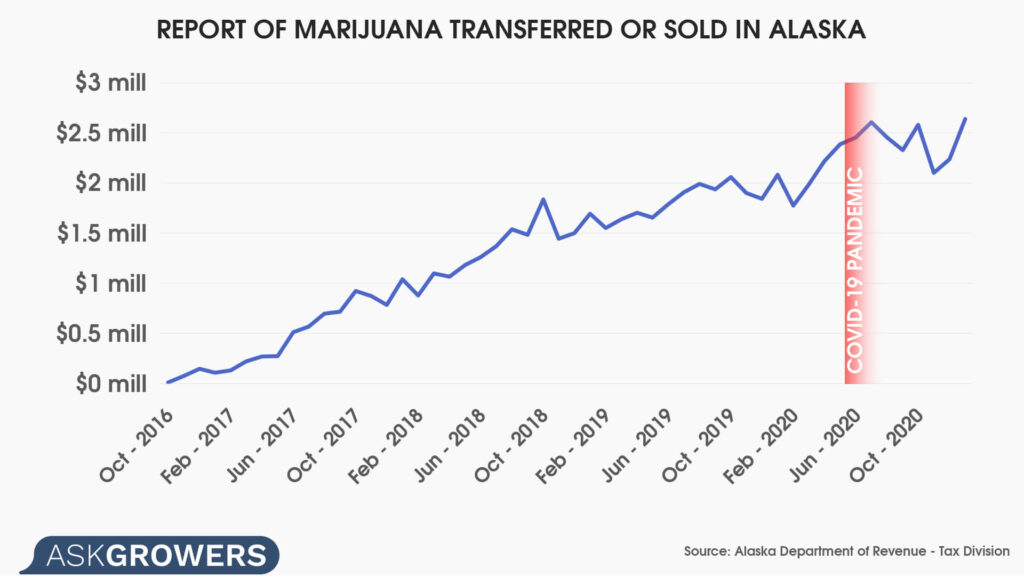
As you can see from the graphic above, the amounts of cannabis sold or transferred in the state of Alaska have been consistently growing since legal sales began in 2016. In fact, the ongoing COVID pandemic caused another spike in sales between February and June of 2020. In fact, that spike in sales was consistent across the U.S.
According to researchers, legal U.S. cannabis sales grew by an astounding 46 percent in 2020, likely due to the nationwide lockdowns. After all, if you’re going to spend months at a time working from home on your living room couch, it only makes sense to do so with a little bit of cannabis at the ready, right?
Heavy Use Among Adults by Region, Alaska
It’s fair to say that adults in the state of Alaska love their cannabis. According to a state report on usage demographics, about 10 percent of adults in Alaska used some type of cannabis product 20 times or more in the last 30 days. By Alaskan standards, that 10 percent represents about 54,000 people.
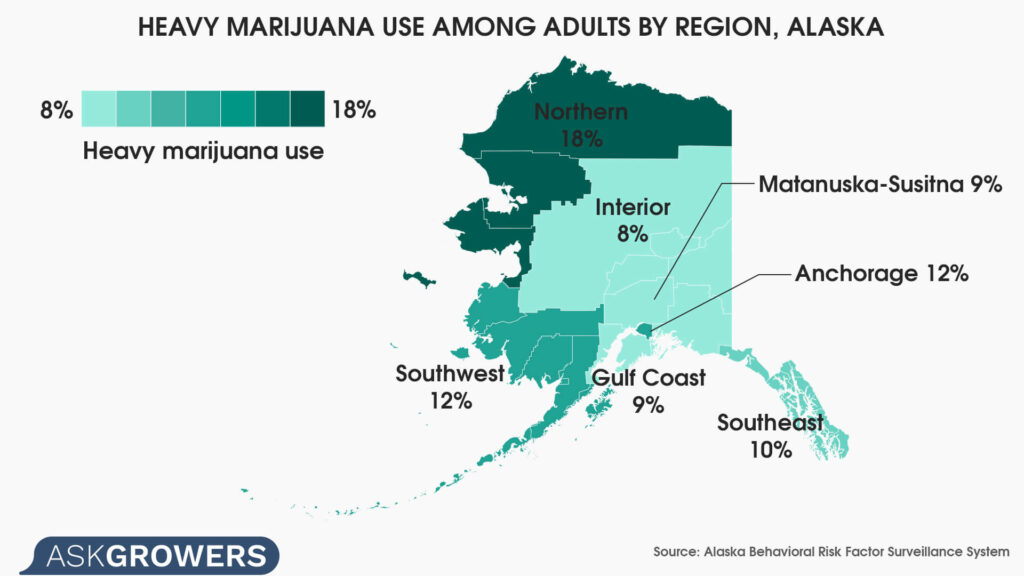
As you can see from the chart above, we here at AskGrower broke down that heavy use demographic into regions to see which areas of the state love their weed the most. The one area that stood out the most was the Northern region, an area of the state known mostly for its arctic conditions, long, cold winters, and year-round snowfall. It only makes sense that people who were subjected to days at a time without seeing the sun and bitterly cold conditions might be looking for a little bit of relief via cannabis.
For many areas of the state, those conditions make their grow operations just that much more challenging and complicated. According to Keenan of Pakalolo Supply Company, that means indoor growth and the challenges with sustainability that come along with it.
“Indoor growing, obviously since we’re in Alaska, and the energy requirements are the biggest challenges we face,” Keenan said. “Our goal is always to close the loop and be as sustainable as possible. We know that the cannabis industry can be very high waste, so we try our best to be as eco-friendly as possible.”
“We grow indoors, using LED lights, and just try to stay as conscious as possible of our footprint. We really care about that and love taking care of the environment.
We make sure to use organic, sustainable growing practices, keep our waste-water salt and artificial fertilizer free, and focus on naturally growing all of our products,” he continued.
First-rate seeds for growers
Medical Marijuana Registry Cardholders by Year in Alaska
Medical cannabis can be a tricky beast to navigate around. While science absolutely shows that cannabis is medicine when used properly, helping with a host of issues like anxiety, depression, and a laundry list of other medical ailments like cancer, MS, autism, and epilepsy, just to name a few, they aren’t perfect.
In most states, obtaining and keeping an up-to-date medical cannabis card takes time and money. You need to visit a licensed cannabis doctor at least once a year, you need to pay for that visit, then you need to pay the state for your card, and only then can you spend even more money on the cannabis from the dispensary itself.
While medical cannabis is life-saving and absolutely necessary for many, it oftentimes makes more sense not to get a medical card if the state you’re living in has a robust and legal recreational market like Alaska.
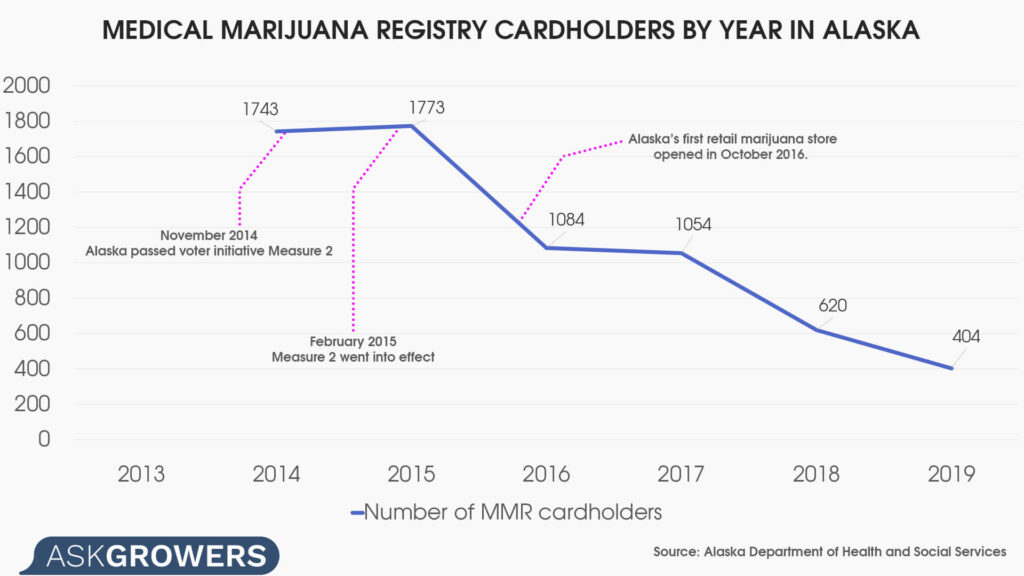
As you can see from the graphic above, that’s exactly what happened in Alaska. As soon as legal recreational cannabis sales were allowed the number of medical cardholders has plummeted year by year. After all, what’s the point of going through all the effort and expense of getting a card when you can just skip over all of the fluff and just go to the recreational dispensary for anything you’re looking for. As the Alaskan recreational market continues to grow and mature, we expect these cardholder numbers to drop down even further.
Estimated Yearly Marijuana Sales in Alaska
Speaking of the Alaskan legal market growing and changing, let’s talk about the bright future for the state. As we mentioned above, Alaska has one of the longest-running, most mature, and diverse recreational industries in the U.S. It only makes sense that as cannabis becomes more popular with the average American that sales would reflect that shift in attitude.
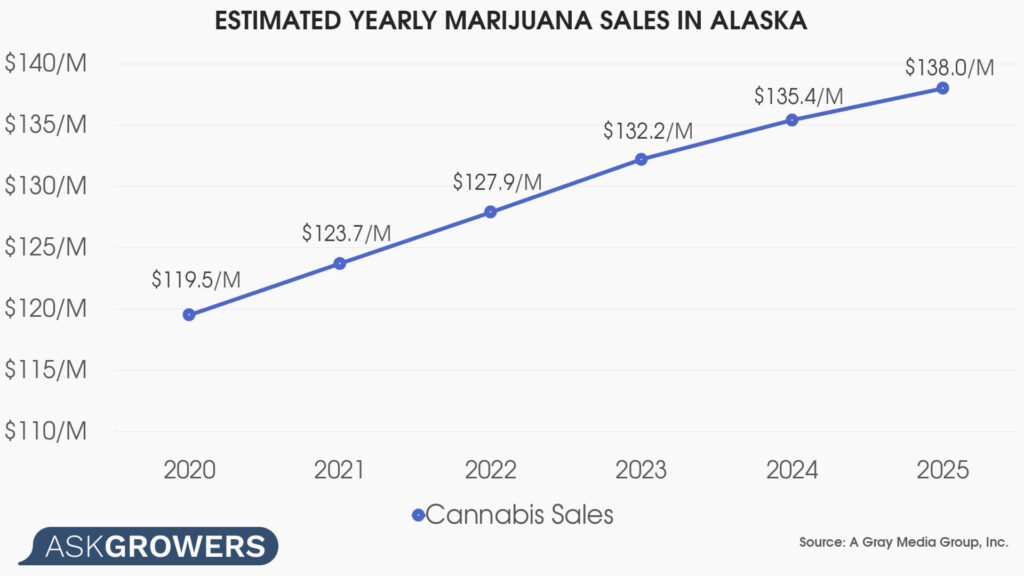
As you can see from the graphic above, experts predict that cannabis sales in the state of Alaska will continue to steadily grow over the next few years. After all, there’s no reason to assume it would slow down. With more and more states decriminalizing and legalizing cannabis, it would only make sense that overall sales would continue to climb.
Cannabis entrepreneurs all over the state of Alaska are excited about the future as well. According to Michael Emers, the owner of Rosie Creek Farm, the future looks bright for legal cannabis in Alaska. Over the next few years, Emers sees massive potential for growth and advancement for growers and brands in Alaska.
“I think it’s going to be really tough up here when things go legal nationwide. Alaskan businesses will have a hard time keeping up with the massive corporate grows around the country,” Mike said. “That’s why Alaskan brands need to make a name for themselves, build their brand, and share their stories to stay afloat. Brands will have to work hard to carve out their little niche in the global market to survive.”
Keenan of Pakalolo Supply Company shares that optimism:
“The industry here, and nationwide, is consistently growing. New people are trying and loving cannabis all the time. We see new people come into our stores daily, people that are brand new to the legal cannabis industry,” Keenan said.
“So as it’s legalizing, more and more people are entering the industry and expanding their minds. And here in Alaska, we recently approved in-location use! So we’re expecting cannabis cafes, lounges, and coffee shops to start opening up over the next few years.”
A Brief History of Cannabis in Alaska
Alaska and cannabis have long been linked together. Since all the way back in 1970, the battle for legal access to cannabis in the “Last Frontier” state has been raging. Alaska was on the forefront of legal cannabis at every step. As we discussed above, they were one of the very first U.S. states to legalize and decriminalize cannabis, as you can see in the graphic below.
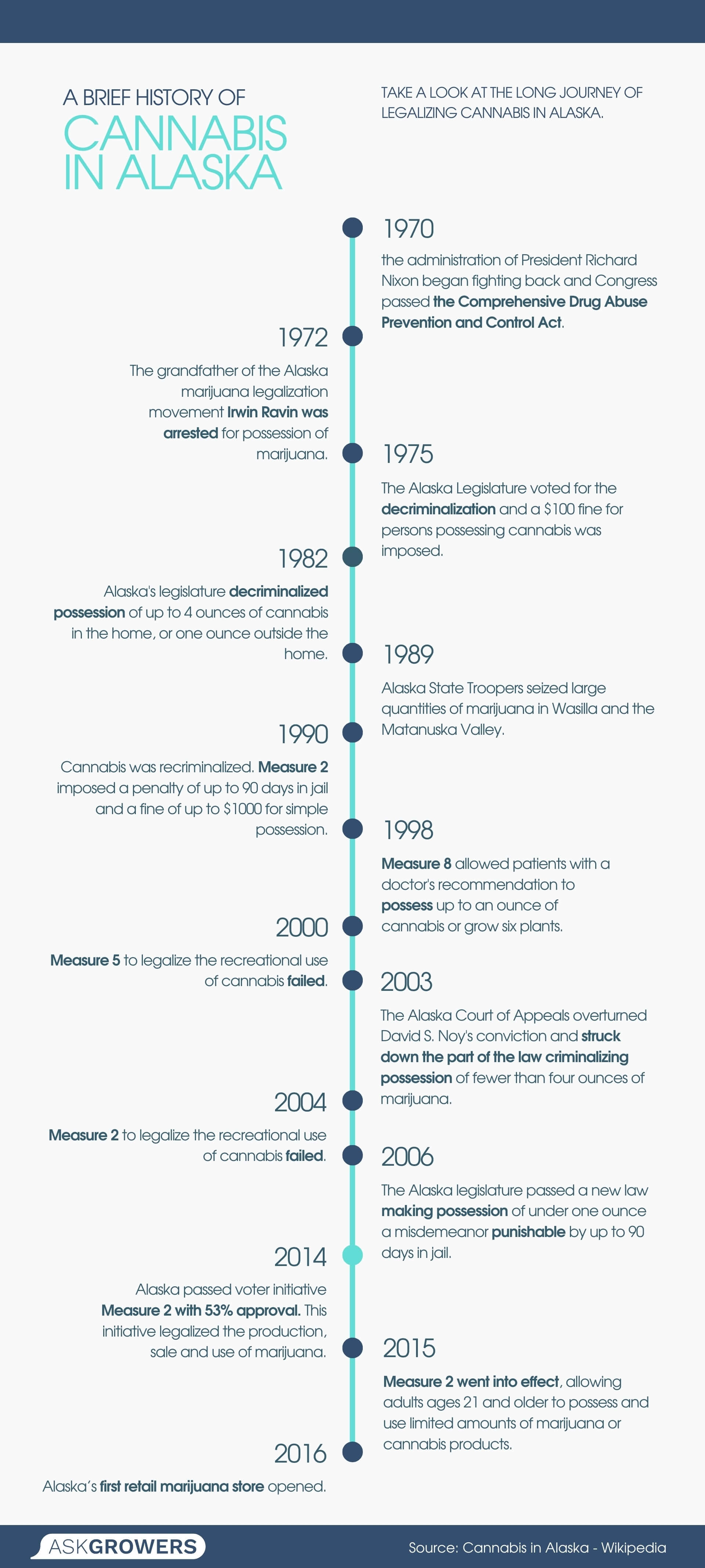
One challenge that the industry does still face, however, is the fight for sustainability amid the growth. Alaskan cannabis entrepreneurs are doing their part as well. That’s why so many of the growers and brands we talked with had so much to say about sustainability and the future of the industry overall.
“We are lucky enough to live on Lingit Aani (Tlingit Land, home of the Tlingit people who have been stewards of the land since time immemorial), here in Juneau, Alaska. We are surrounded by mountains, glaciers, rivers, and the sea.” said John S Nemeth of THC Alaska. “The entire town runs on locally produced hydropower, and our water supply is sustainably sourced and incredibly clean. In addition, we at Top Hat are committed to being as sustainable as possible with our growing practices. Our flower is grown in biodynamic living soil, and we never use any pesticides or chemicals, relying instead on compost teas, companion planting, and other environmentally friendly ways of growing.”
They continued by doubling down and giving us an exact look at their standards.
“Our goal at Top Hat Cannabis and Concentrates is to create the highest quality flower and concentrates with the least amount of impact on the environment. We value sustainability and quality above all else. Beyond just cannabis, we value social justice, equity, and activism, and doing what we can to strengthen our community and make the world a better place for everyone,” THC Alaska told us.
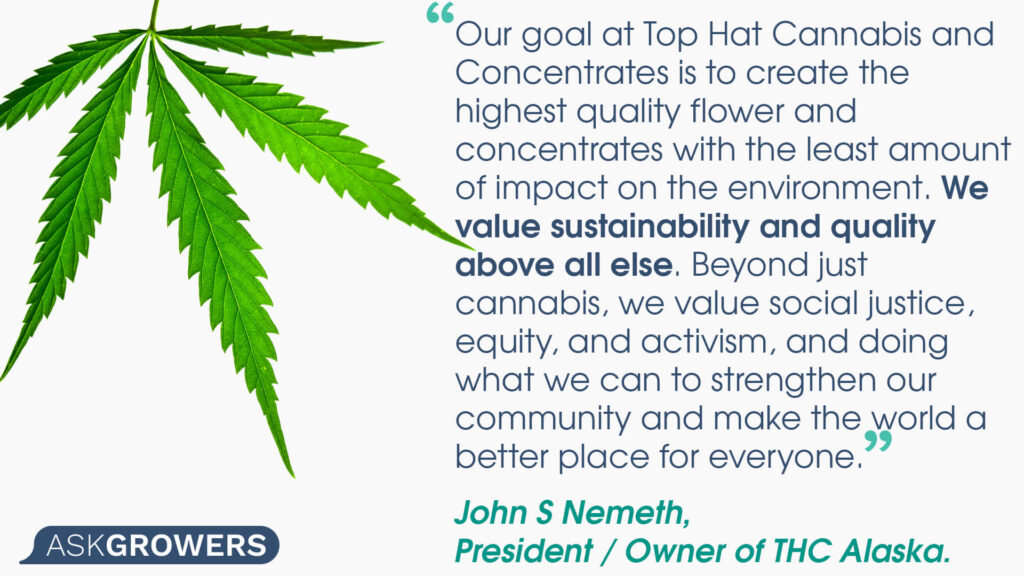
For Michael Emers, the owner of Rosie Creek Farm, sustainability is at the core of what he does. Sustainability isn’t just a trend for him, it’s a practice he’s used since the very beginning of his playing career.
“Before I was doing this, I would often give talks and lectures about sustainable agricultural practices. To be truly sustainable and carbon-neutral is incredibly hard to do. It’s like the holy grail of farming. You need to source locally as much as you can and really commit to reducing your footprint and we do that here,” Emers said.
Brandon Emmett, COO of Alaska-based cannabis brand Good Titrations, is positioning his brand to reduce the often high environmental costs that come along with operating a cannabis industry brand. He’s aware of the problem and he’s taking steps in the right direction to get people fixed.
“Unfortunately the marijuana industry is one of the least environmentally friendly industries in the country. Massive electricity consumption. Ridiculous amounts of plastic used in the name of “child safety”. One of the biggest eye-openers and pet peeves of mine is that it shouldn’t have to be this way,” Emmett said. “A transition to agriculturally grown, outdoor cannabis and sustainable packaging could go a long way. But for that to happen the nation’s leaders have to completely change their outlook on the plant and the industry.”
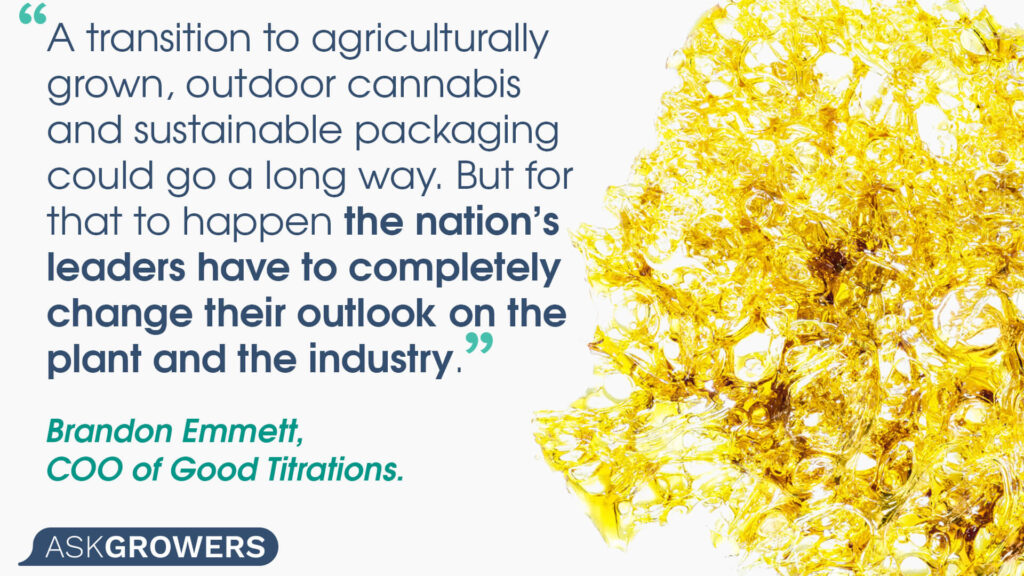
“We currently try to use as little plastic as possible and use many natural products in the construction of our retail. We plan to build LED supplemented greenhouses for our production going forward versus indoor HID facilities,” he continued.
As legal cannabis in Alaska continues to evolve, the brands that occupy that industry need to do the same. Alaska has always been at the forefront of legal cannabis. Hopefully, the brands that make up the industry can lead the charge when it comes to sustainability and the overall advancement of the industry as a whole.
Read Also: Cannabis in Alaska
References:
https://www.grandviewresearch.com/press-release/global-legal-marijuana-market
http://dhss.alaska.gov/dph/Director/Documents/marijuana/MarijuanaUse_PublicHealth_Alaska_2020.pdf
https://www.ncbi.nlm.nih.gov/pmc/articles/PMC6358421/
https://www.pewresearch.org/fact-tank/2019/11/14/americans-support-marijuana-legalization/

 Industry
Industry
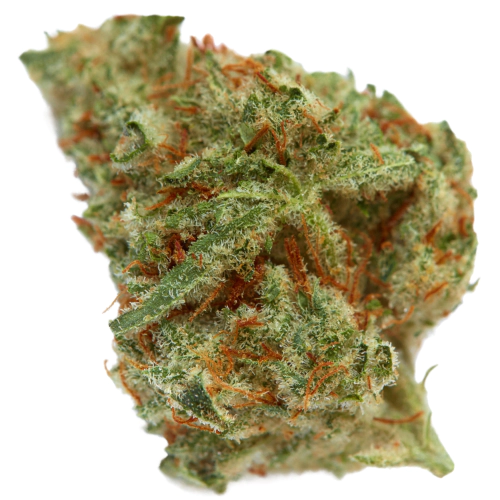
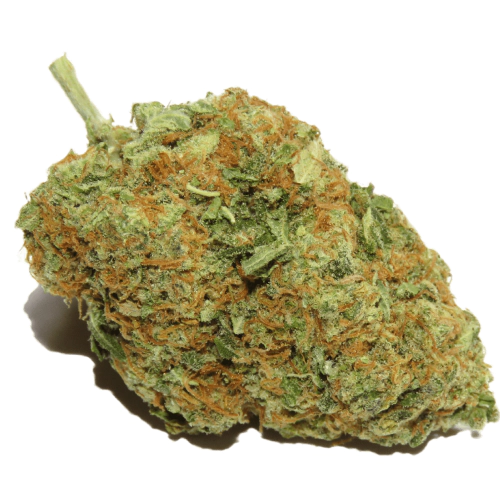
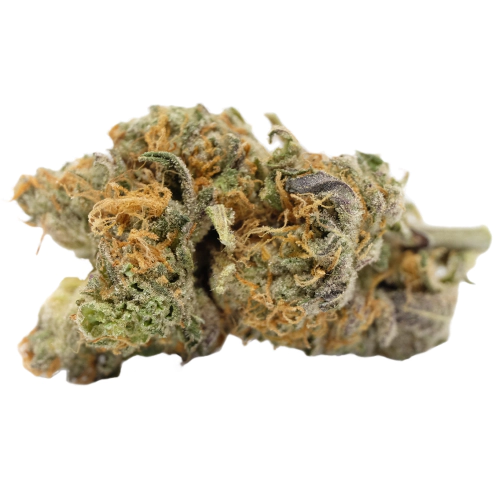

.jpg)
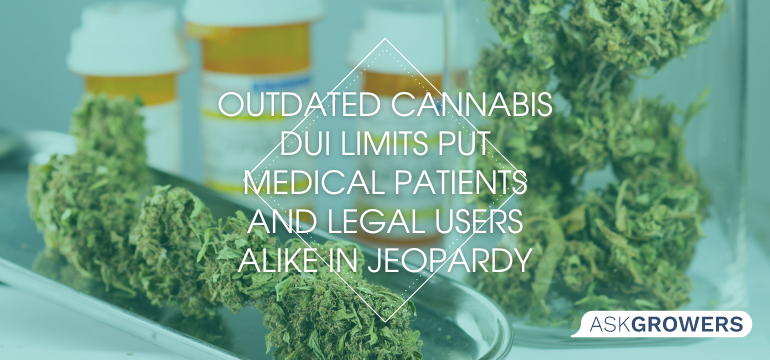
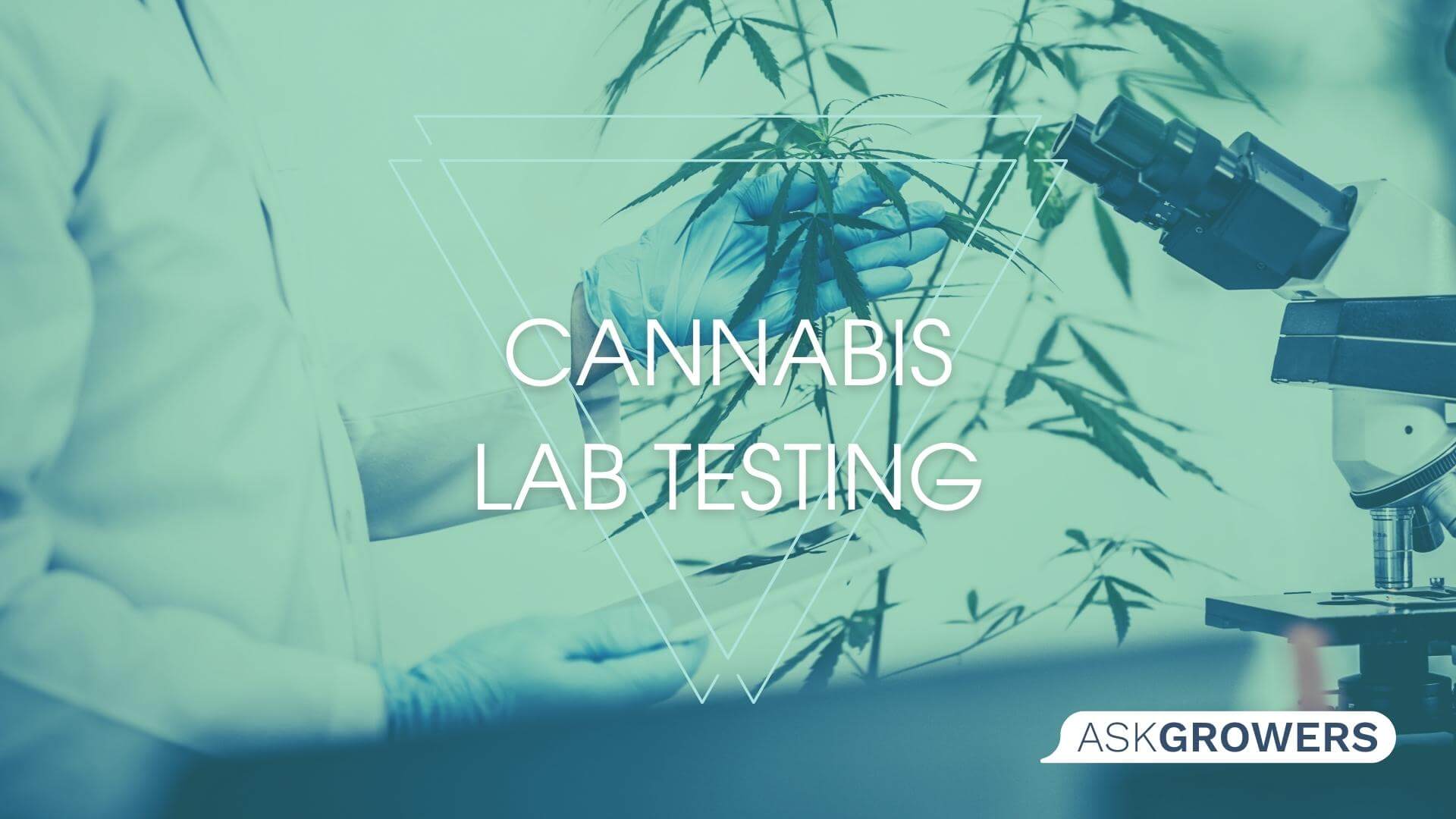
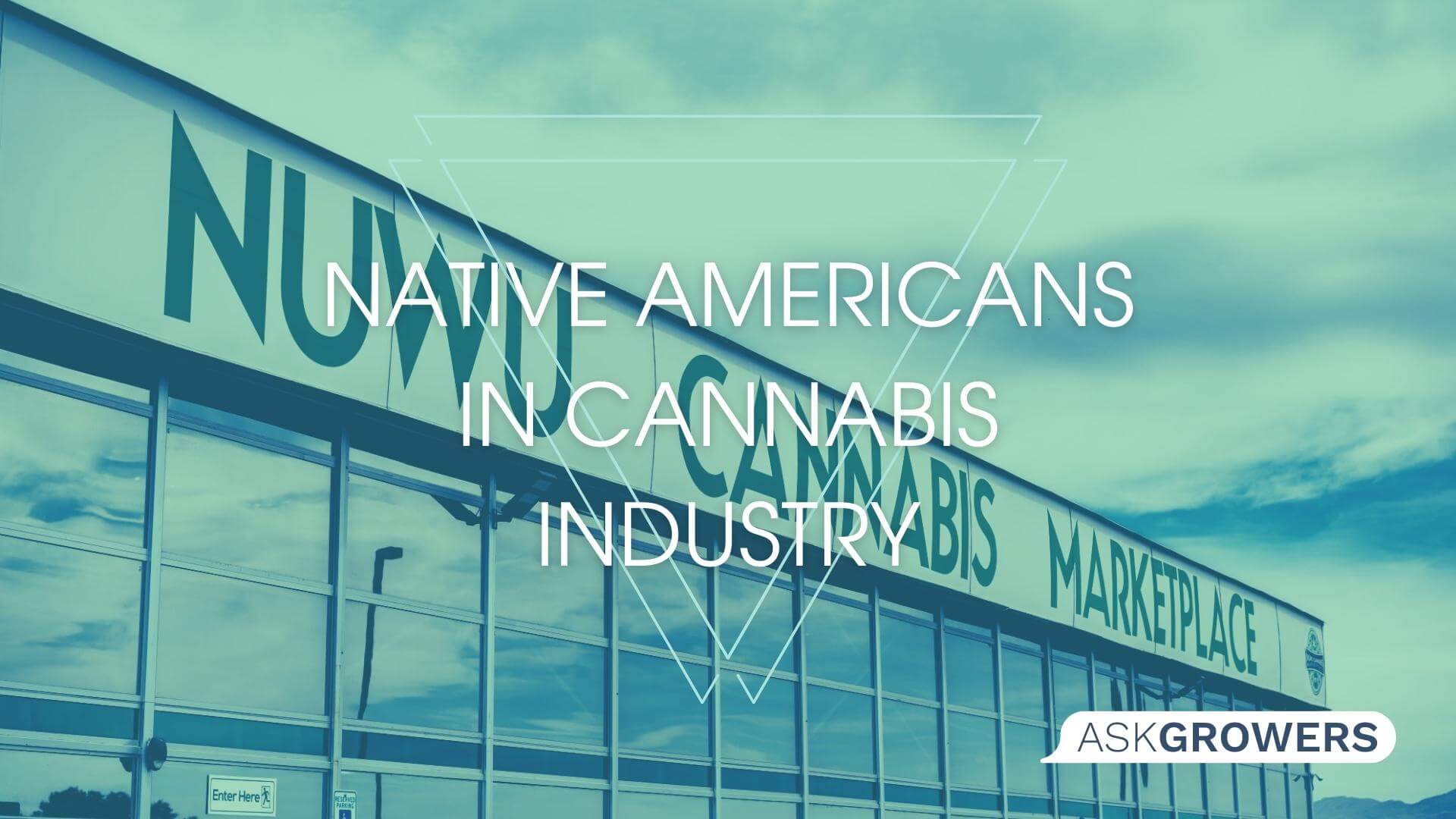
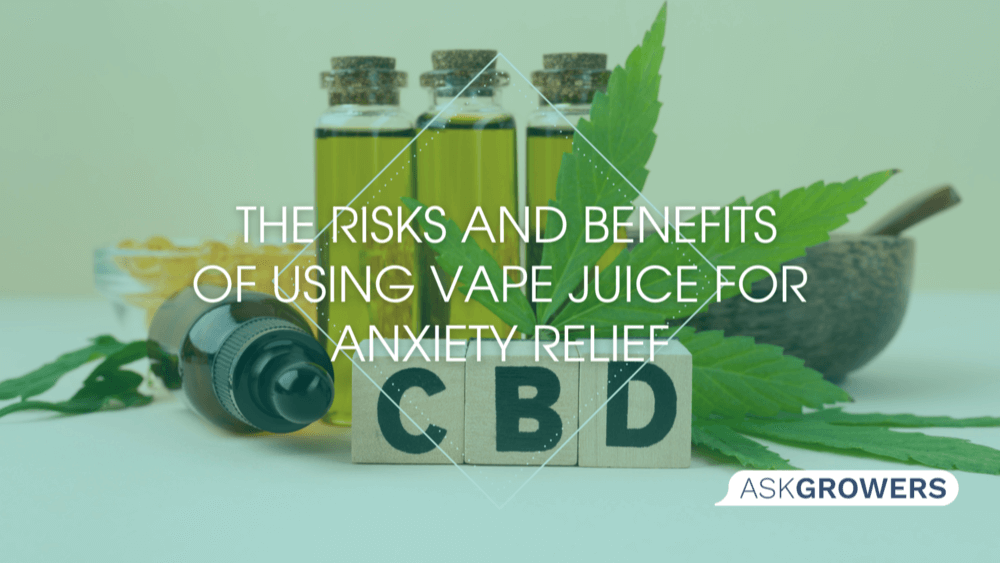

 (1).png)
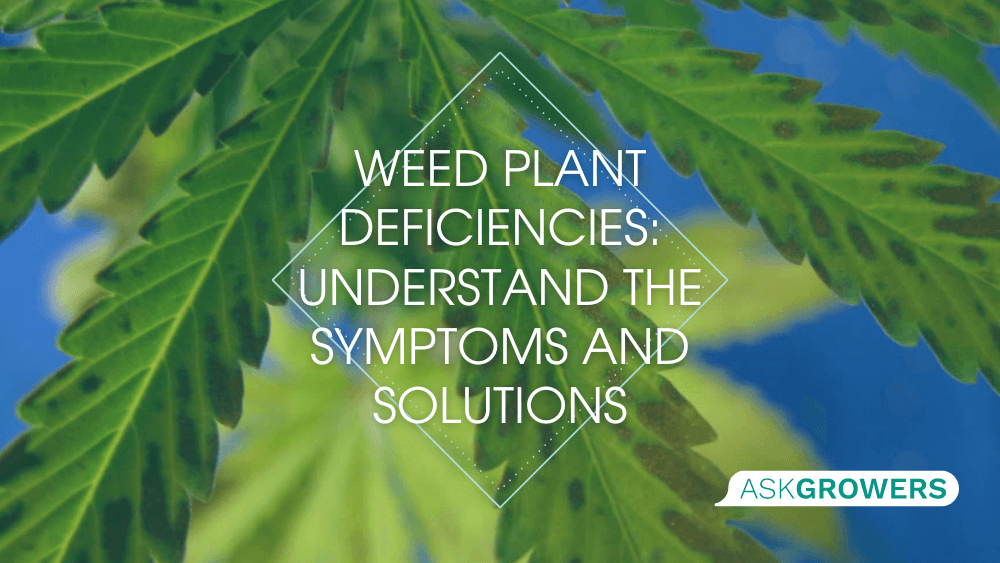

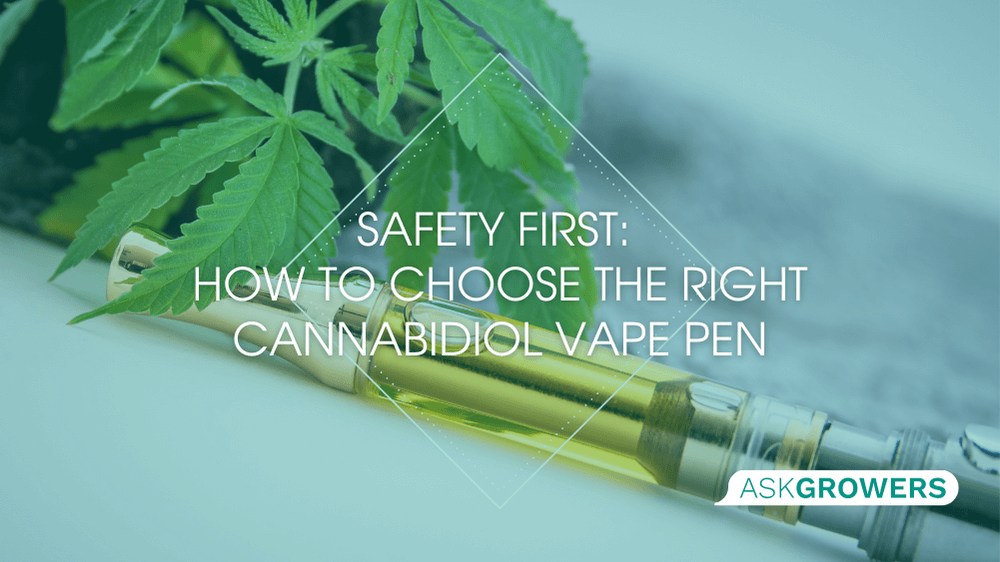
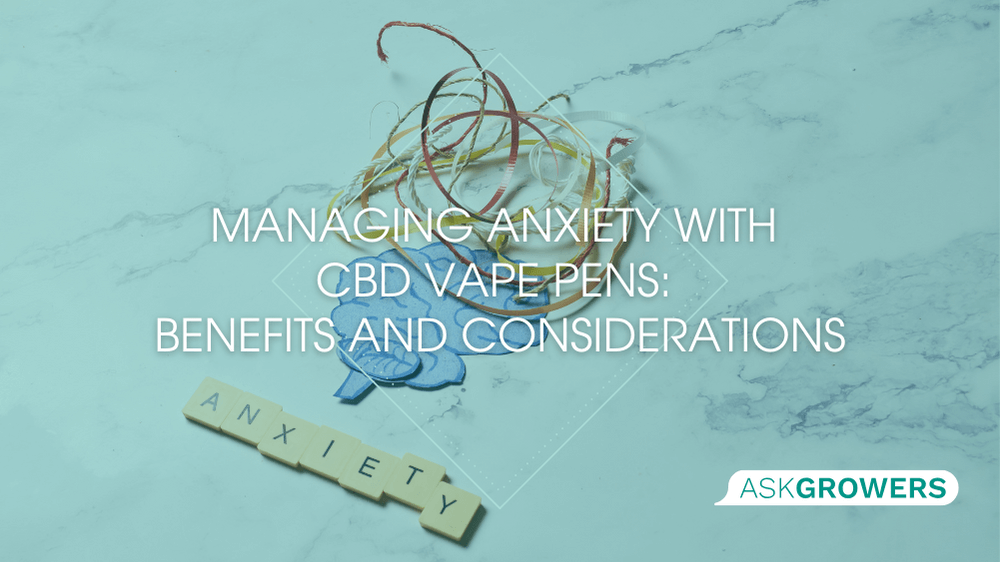
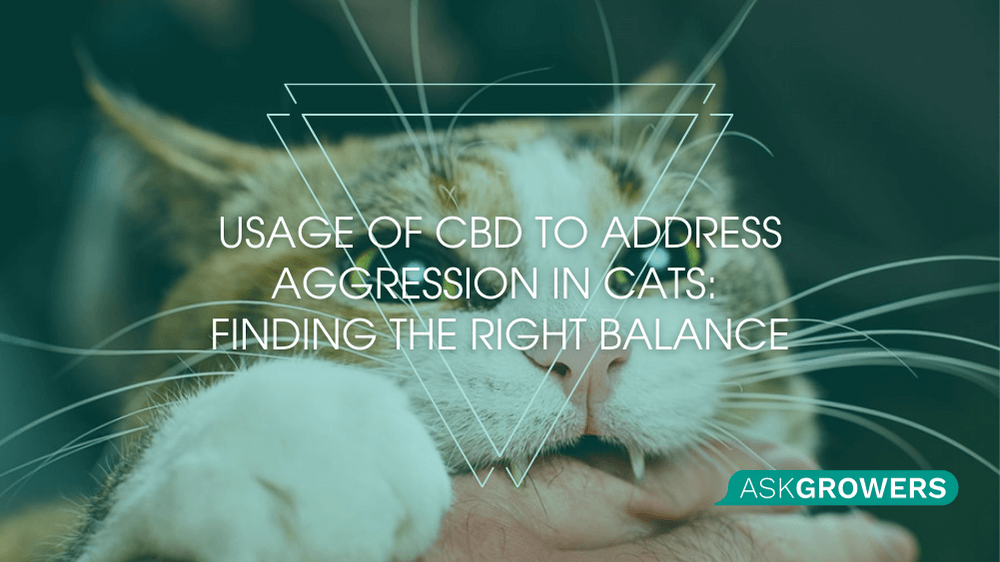

Be the first and share your opinion
Write a Review